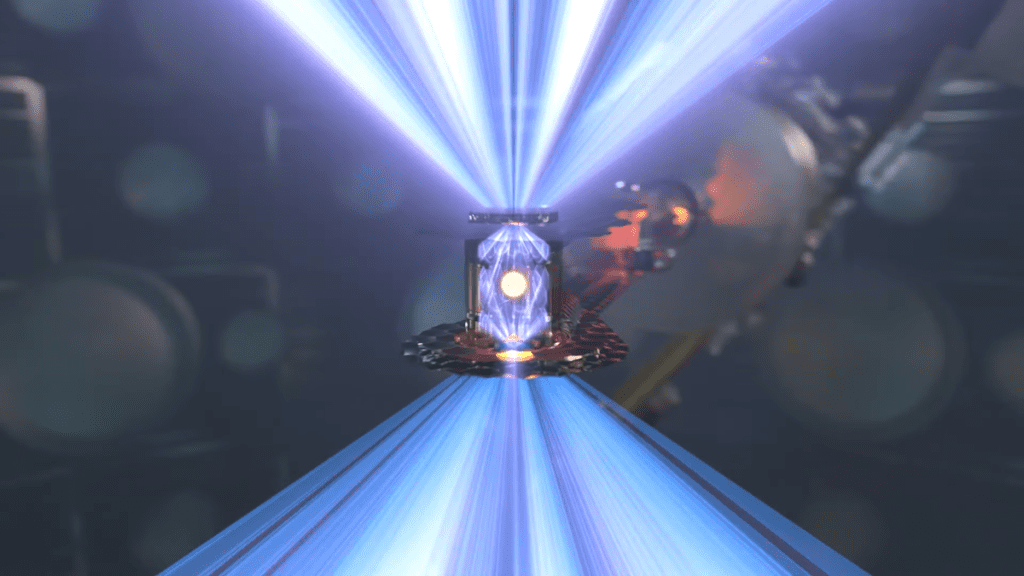Quick, Learn How Fusion Energy Works Ahead of Tuesday's Announcement

The U.S. is announcing a breakthrough on fusion energy on Tuesday, which will explain what scientists at the Lawrence Livermore National Laboratory have discovered about the process of making energy using the same phenomenon that powers the sun. For the first time ever, scientists have reportedly achieved a net energy gain via fusion, as Reuters reports. This would be a landmark discovery that could help break our dependency on fossil fuels for the production of electricity — and provide clean power for all those electric cars.
In a nutshell — pun intended — the process of fusion combines two or more atoms into one, releasing a huge amount of energy in the process. Scientists have tried to harness the reaction for decades, but have been unable to do so in a way that generated more energy than was expended. Until now. Maybe.
Details are still coming, and the head of the U.S. Department of Energy, Secretary Jennifer Granholm, is due to to present the “major scientific breakthrough” to the media soon. And that means now is the perfect time to take a crash course on just what fusion energy is, courtesy of Kurzgesagt.
Fusion Power Explained – Future or Failure
I won’t get into the nitty-gritty of the thermonuclear process because I can’t explain it any better than Kurzgesagt can. I’ll only add that the video describes two ways of producing fusion energy: the first uses a “magnetic confinement reactor,” such as the International Thermonuclear Experimental Reactor (ITER) in France, while the second uses an “inertial confinement reactor” like what’s found at the National Ignition Facility in the U.S., located at the Lawrence Livermore National Laboratory in California.
This reactor uses one of the most powerful lasers in the world to make energy, and it could theoretically turn a single glass of seawater into an abundant source of energy, according to Kurzgesagt. Figure out how to do that repeatably, and you’ve got a nearly limitless source of clean energy, no fossil fuels required.
CNN explains a bit more:
The National Ignition Facility project creates energy from nuclear fusion by what’s known as “thermonuclear inertial fusion.” In practice, US scientists fire pellets that contain a hydrogen fuel into an array of nearly 200 lasers, essentially creating a series of extremely fast, repeated explosions at the rate of 50 times per second.
The energy collected from the neutrons and alpha particles is extracted as heat, and that heat holds the key to producing energy.
G/O Media may get a commission
40% Off
Samsung 65-Inch 4K OLED Smart TV
TV time
This 4K OLED smart TV comes with Alexa built-in, can run Xbox Game Pass, has an incredible picture, and even has Dolby Atmos & Object Tracking Sound too.
Just imagine the implications this discovery could have for U.S. infrastructure — and that of the world. Fully-electric vehicles (and our homes and workplaces) could finally sever their ties with coal-burning power plants! Of course, the technology is probably decades away from stability and commercialization, but every small step that gets us closer is a good thing. So get ahead of the impending announcement and teach yourself a little bit about fusion. Come tomorrow, that knowledge might come in handy.



